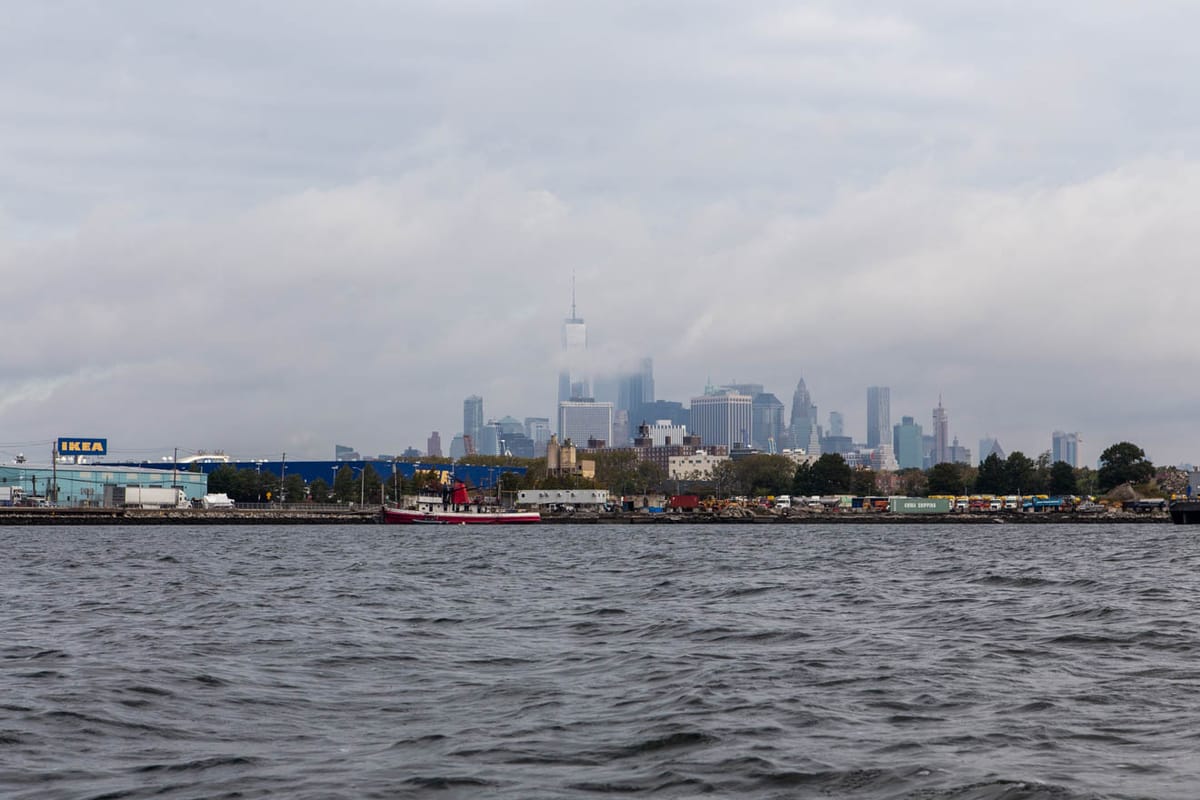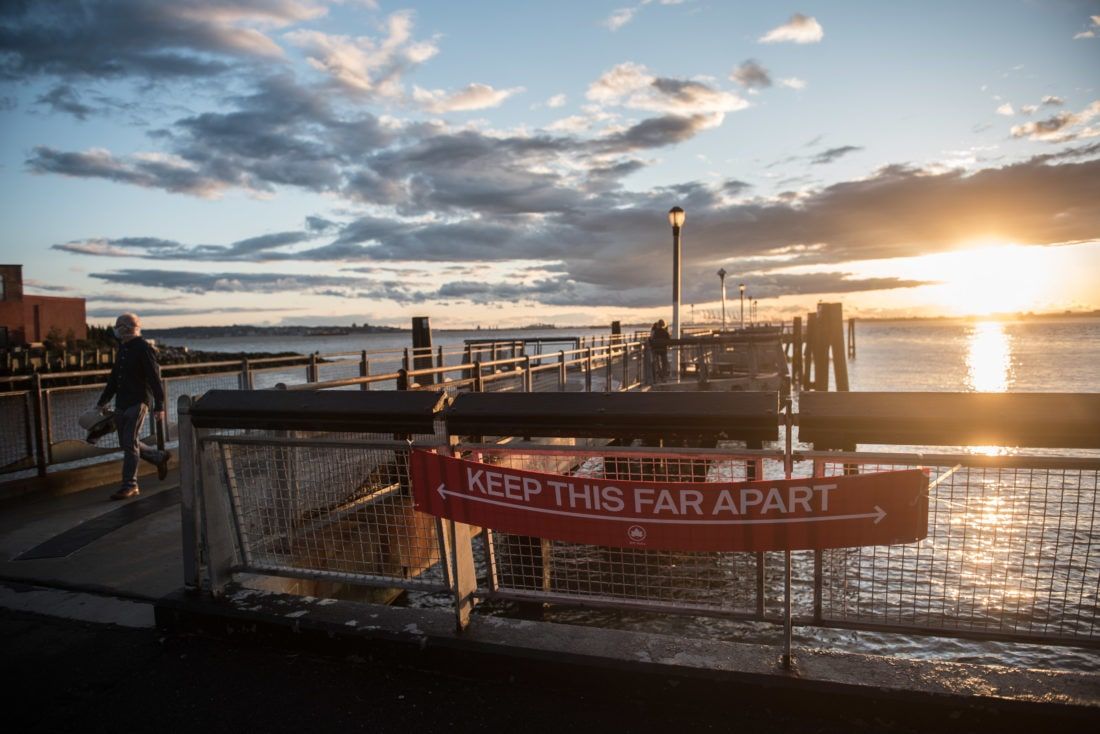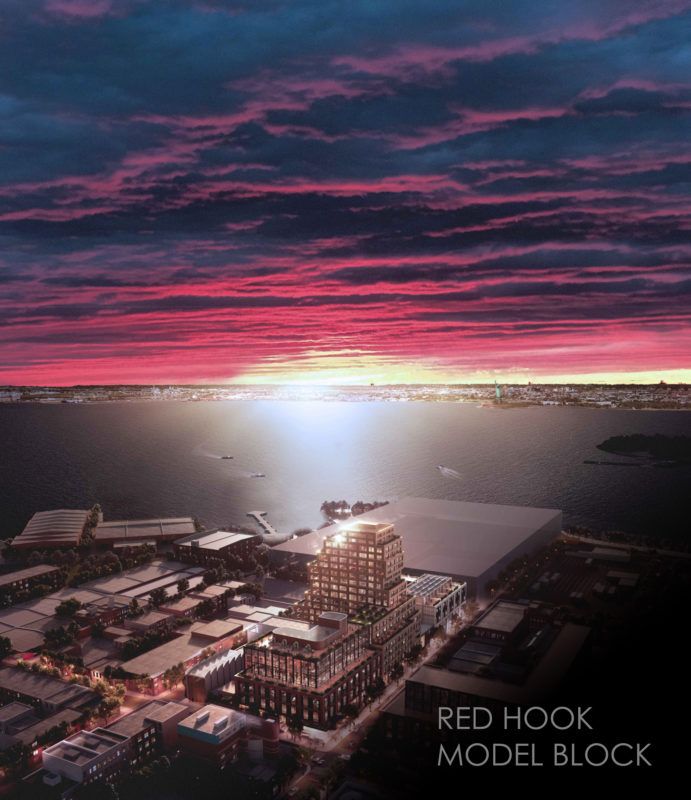Opinion: The Development We Deserve


Right now, the communities of Sunset Park and Red Hook are being presented with two different, yet similar, proposals for new residential and mixed-use developments. These glass and steel projects are being sold to our neighborhoods as “model blocks” and “model projects” in the hopes of garnering enough support to be approved by the City. Both of these projects are driven by private developers backed by private investors. Both of these developments are offering community “benefits” and claim to have incorporated our community’s needs. Both of these projects are wrong for South Brooklyn and wrong for the future of New York City. Here’s why.
For the uninitiated, it’s important to know how the City is considering each proposed development.

In the case of the proposed 14-story building at 737 4th Ave – in the northern part of Sunset Park (an area dubbed Greenwood Heights/South Slope by realtors) the developer TOTEM Group LLC has submitted a rezoning application to the city, via the broken ULURP land use process, to change the zoning restrictions from manufacturing to residential and mixed-use. This process considers a number of environmental factors but fails to take into account the impact of such a rezoning on the actual people living in the community, on the surrounding rental prices and the racial demographics of the area (ergo the term “racist rezoning”). This process allows for recommendations and input by the local Community Board and the Borough President but is ultimately decided on by the City Council and our Council Member who recently expressed support for the project.

In the case of the proposed 15-story building at 145 Wolcott in Red Hook, the developer Four Points LLC and the design firm DRAW have skipped the city’s ULURP process altogether and is petitioning the NYC Board of Standards and Appeals (BSA) to rezone a part of our industrial business zone into a residential and mixed-use space. The BSA is made up of five members who are appointed by the Mayor (with the advice and consent of the City Council). These members do not need to heed the advice or recommendations of the local Community Board (which has voted against the project) or the City Councilmember. The BSA’s decision-making process is even more undemocratic and exclusionary than the ULURP process and fails to consider anything beyond its narrow criteria.
Both of these processes are broken, undemocratic, and void of any consideration of the long-term needs of our neighborhoods. These processes ignore our community’s needs for affordable housing, hospitals, schools, or green spaces and treat the land-use application in a vacuum (thus the term “spot rezoning”).
While the public processes we’ve created to evaluate land-use proposals in question are broken, unjust, and (in my view), illegitimate, the most harmful impact of these projects is on nearby property values, rent, and the displacement of longtime residents.
As an island city, space in New York is intrinsically limited. This scarcity makes New York City’s land particularly valuable and subject to price speculation (which leads to rising property values and rents). For the project proposed in the northern part of Sunset Park we are already seeing the heightened harassment against working-class and immigrant residents only a block away. Dozens of families residing at 229-227-225 23rd Street were without heat for over a year and are still suffering from critical repair needs (a common tactic for landlords seeking to displace tenants).
In the case of the project in Red Hook, this development would accelerate the gentrification of Red Hook and pave way for future projects of this height, luxury, and density in what is currently a flood zone and also home to Brooklyn’s largest NYCHA community. The developer has argued that the alternative (allowing the area to be transitioned into yet another last-mile distribution facility) would be less attractive than his proposed residential and mixed-use project. This is a false choice. We can both limit the conversion of warehouses into last-mile distribution centers (through ULURP reform and regulation) and use the space in this industrial business zone to create good union jobs for local residents as intended by the current zoning.
The pandemic has laid bare just how vulnerable too many New Yorkers are. It’s led to a historic unemployment crisis, record-levels of homelessness, the closure of thousands of small businesses, and the potential displacement of over 1.2 million families from their homes. None of the City’s short-term or long-term needs are met through these two projects and we should be honest about that. These projects are primarily intended to make a handful of investors and developers wealthier at the expense of those who won’t be able to afford the rising rents in the neighborhoods that they can already barely afford.
It’s time to release big real estate’s hold over our city and reclaim our right to live, work, and raise our families in the city that we love and call home. Together we can re-orient developer incentives towards the construction of 100% affordable and social housing, new hospitals and schools, parks, green manufacturing, and improved transportation infrastructure by:
- Creating a Community and Citywide Plan for Housing and Land Justice that is long-term, community-led, and grounded in racial, economic, and environmental justice.
- Including a Racial Impact Study in our Land use Process that considers both direct and indirect racial and ethnic impacts of proposed rezonings and major development projects.
- Accelerating the Social Housing and Community Land Trust (CLT) Revolution by doubling the capital and technical assistance budget of the Council’s Community Land Trust Initiative and allowing more communities to purchase land and set up land trusts to develop affordable rental housing, cooperative housing, single-family housing, and even commercial and community spaces.
- Preventing the Private Equity Land Grab by passing the Community Opportunity to Purchase Act (COPA) and creating a New York City Land Bank so that we the residents of this city, and not private equity, can be first in line to acquire foreclosed and tax delinquent properties and transition private property for public and community use.
Together we can make space for the type of development that will lift up our neighbors, regenerate our communities, keep longtime residents in their homes, and help us build a more prosperous and inclusive New York. This is the development that we deserve.




